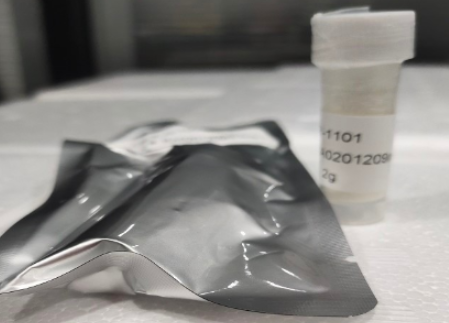DSPE-PEG-Amine在茴香酰胺脂质构建中的应用及偶联效率比较
论文参考文献:Ligation Strategies for Targeting Liposomal Nanocarriers小说作者:Patricia Marqués-Gallego, Anton I. P. M. de Kroon论文参考文献联接://onlinelibrary.wiley.com/doi/full/10.1155/2014/129458提要:Two different approaches with two different anisamide derivatives were described for conjugating the targeting ligand to the DSPE-PEG-amine phospholipid. In the first approach, 7-[2-(4-methoxybenzylamino)-ethylamino]heptanoic acid was conjugated to the DSPE-PEG-amine lipid using standard DCC/DMAP chemistry for amine-carboxyl conjugation. The second approach yielded the N-alkylated lipid using an N-(2-bromoethyl)-4-methoxybenzamide derivative and DSPE-PEG-amine. The authors showed that the synthesis of the anisamide-lipid by the second approach has 10-fold greater yield than the standard amine-carboxyl coupling. The anisamide-lipid was mixed with the other lipids (POPC and cholesterol) at the desired concentration to form liposomes in citrate buffer (pH 4.0). Controlling the amount of targeting ligand included in the liposomes is an additional advantage of this approach. Doxorubicin was then loaded into the liposomes using the transmembrane pH gradient (acidic inside) according to the remote loading technique developed by Mayer et al. [54]. The formulation showed promising results in the in vivo treatment of DU-145 tumors in nude mice. The partitioning of the ligated lipid between the exterior and the interior of the liposome upon liposome formation must be considered, with an estimated 50% of the targeting ligand entrapped in the inner side of the bilayer. Positive results obtained in in vitro studies targeting sigma receptors suggested sufficient targeting ligand on the outer side of the liposome bilayer. Possible leakage of doxorubicin from the liposomes induced by the presence of the ligand was not examined.



 pg电子娱乐游戏app
微信公众号
pg电子娱乐游戏app
微信公众号 官方微信
官方微信